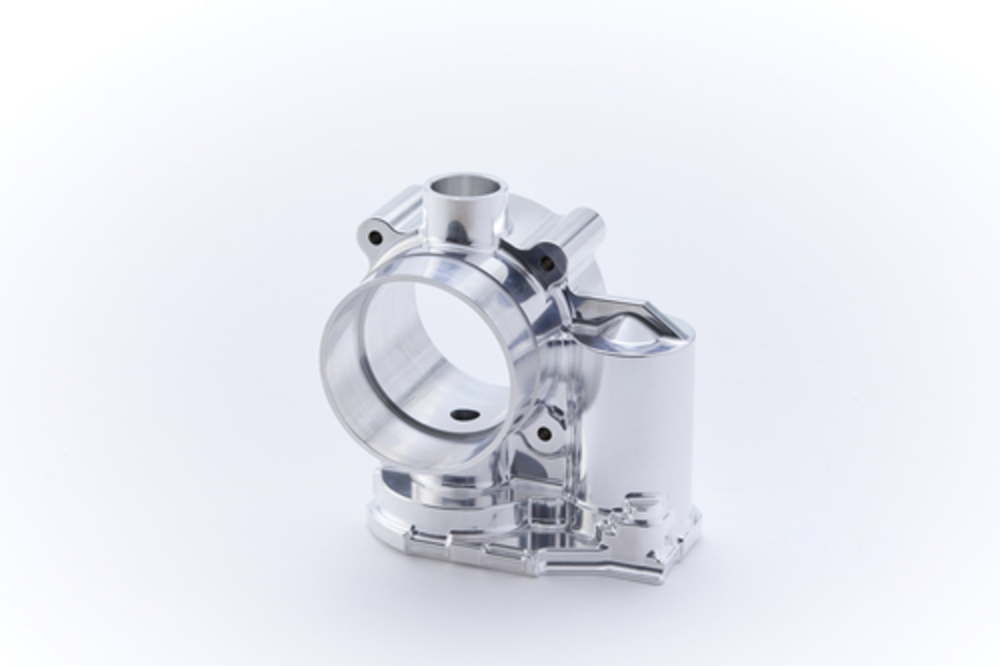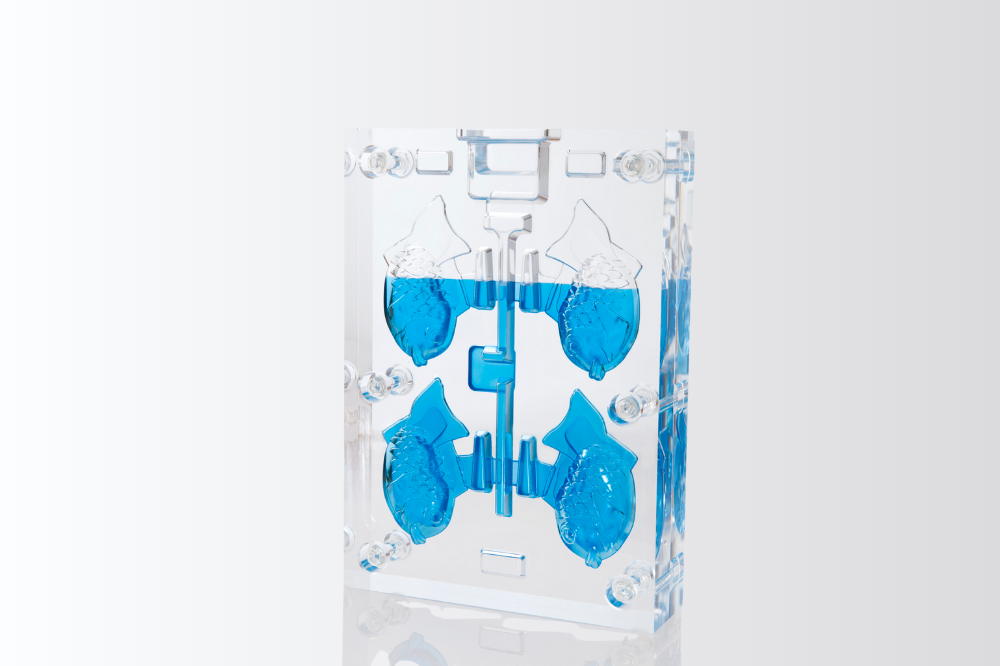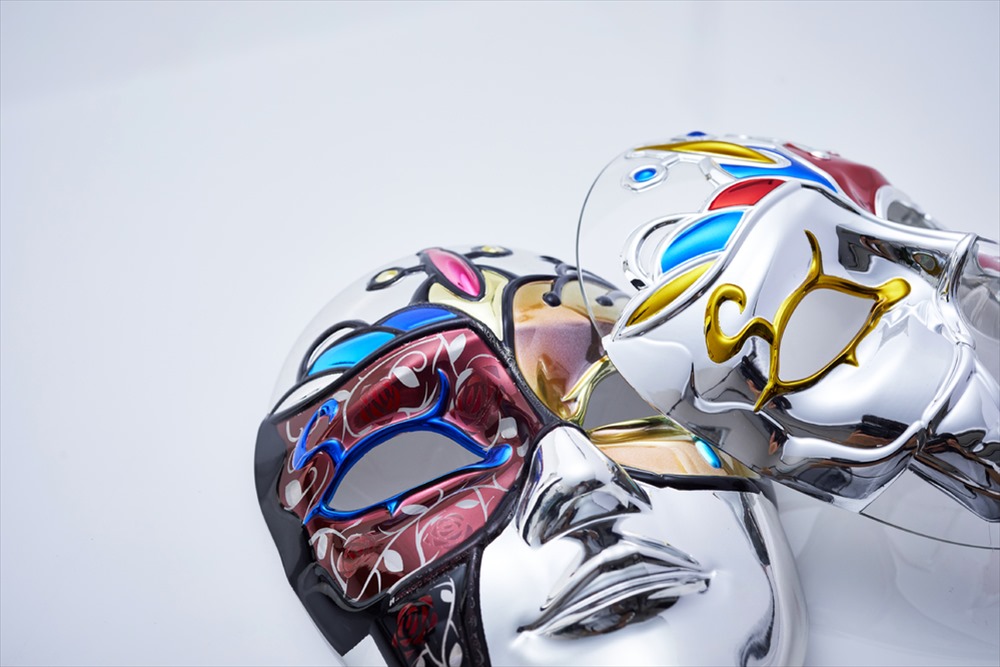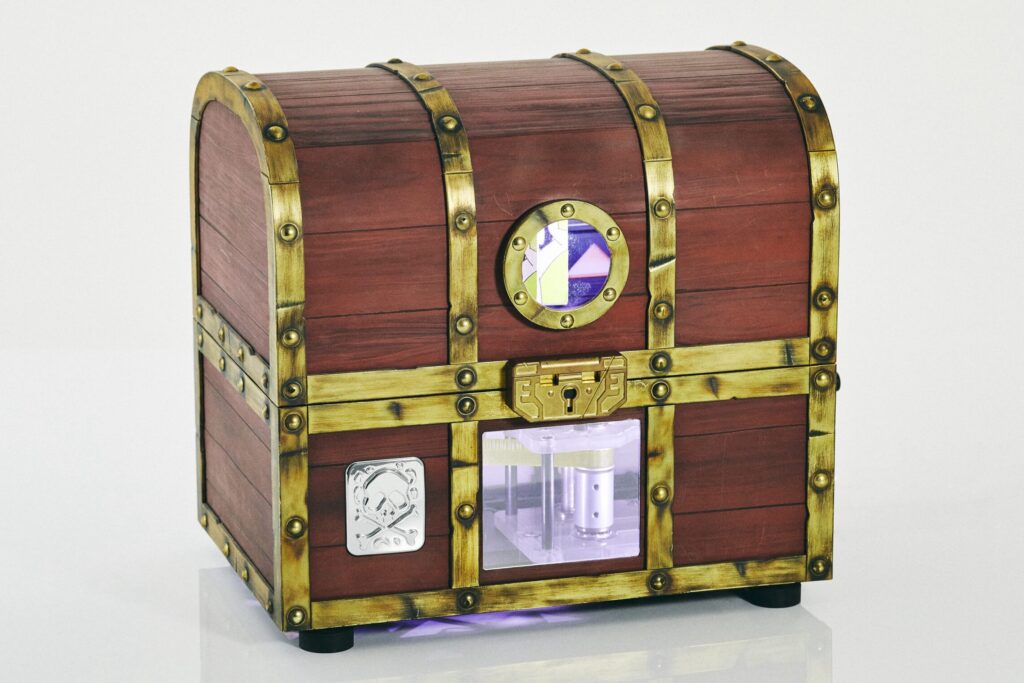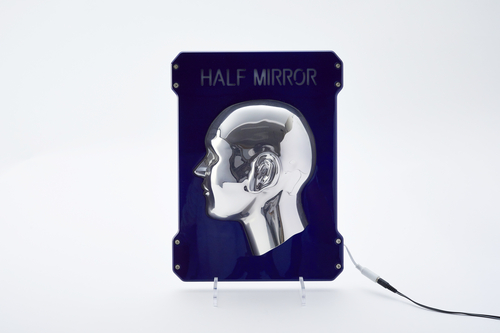CNC MIlling Service
What We Offer
INAC US offers superior CNC Milling Services utilizing advanced 3-axis and 5-axis machining centers.
Our high-precision, single-pass processing with DMG Mori Seiki 5-axis machining center caters to a broad spectrum of materials including plastics, ferrous and non-ferrous metals.
Delivering high-quality and prompt results, our service ensures that your prototyping needs are met with expertise and versatility.
Types of CNC Milling
3-axis Milling
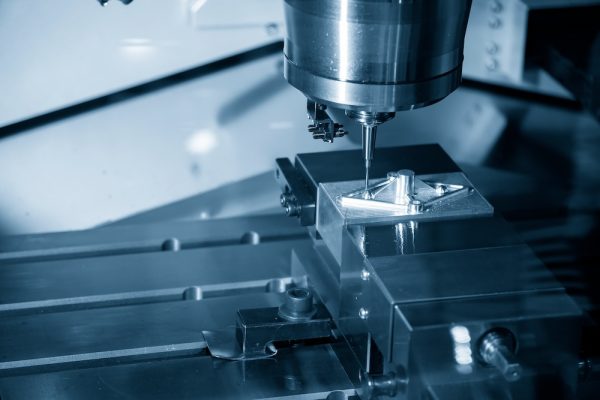
Our 3-Axis CNC Milling service provides reliable and efficient machining for a wide variety of shapes. This service is ideal for parts that require machining on three sides and can be effectively used for both large scale production and prototyping.
5-axis Milling

In our 5-Axis CNC Milling service, we employ a state-of-the-art DMG Mori Seiki 5-axis machining center that offers enhanced rigidity, allowing us to process entire parts with high precision in a single pass. This capability expands the geometrical possibilities, increases accuracy, and reduces setup time, making it a great option for complex components.
Materials We Handle
Plastic/Resin
| Material | Density (g/cm3) | Flexural Strength (GPa) | Tensile Strength (MPa) | Izod Impact (kJ/m) |
|---|---|---|---|---|
| ABS | 1.03 | 2.2 | 38 | 0.4 |
| POM | 1.41 | 2.58 | 73 | 0.07 |
| PP | 0.912 | 1.60 | 25.2 | 0.136 |
| Nylon | 1.14 | 2.31 | 58.8 | 0.524 |
| PEEK | 1.3 – 1.5 | 3.8 – 19 | 97 – 200 | 0.078 – 0.12 |
Clear Plastic/Resin
| Material | Density (g/cm3) | Flexural Strength (GPa) | Tensile Strength (MPa) | Izod Impact (kJ/m) |
|---|---|---|---|---|
| PC (Polycarbonate) | 1.15-1.2 | 2.2-2.5 | 61-69 | up to 900 |
| Acrylic | 1.19 | 117 | 69 | 0.4 |
| PMMA | 1.19 | 117 | 69 | 0.4 |
| PVC | 1.3 – 1.45 | 2.67 | 43.2 | 0.442 |
Ferrous Metal
| Material | Density (g/cm3) | Elongation (%) | Ultimate Tensile Strength (MPa) | Hardness (BHN) |
|---|---|---|---|---|
| SUS303 (AISI 303) | 8.03 | 35 Min | 500-750 | 230 Max HB |
| SUS304 (AISI 304) | 8.0 | 40 Min | 515 | 201 Max HB |
| S45C (AISI 1045) | 7.87 | 16.00 | 565 | 163 |
Non-Ferrous Metal
| Material | Density (g/cm3) | Elongation (%) | Tensile Strength (MPa) | Hardness Brinell (HB or HRB) |
|---|---|---|---|---|
| Pure Titanium | 4.51 | 26-60 | 240 | 70 – 74 HRB |
| Brass (Copper Alloy) | 8.39 | 52.00 | 360 | 81.3 HB |
| Aluminum Alloy | 2.67-2.73 | 3-35 | 76-84 | 60 HB |
CNC Milling Tolerances
| Maximum Part Size | 41.34/20.87/20.08 inches (Mori Seiki) or 41.34/25.59/14.96 inches (Iwama) Depending on the material, even larger sizes can be accommodated by bonding. |
|---|---|
| Standard Lead Time | Usually 5 to 7 days. May vary depending on size, quantity, etc. |
| General Tolerances | JIS B 0405 Medium grade ±0.00197 inches |
| Precision Tolerances | ±0.00118 inches (Please feel free to contact us even if you need higher precision.) |
| Minimum Feature Size | Minimum blade size is 0.0118 inches. |
| Threads and Tapped Holes | Suitable for threading, tapping, inserts, heliserts, etc. |
Past Works
Transmission Case
Visualization of interior for any mechanical parts is available.
Internal visualization for transmissions is used in automobiles / industrial machines.
It is possible to observe the internal oil flow inside. It is possible to reproduce the original shape with high precision by combining polycarbonate machining and our unique technologies of transparent treatment.
Non-ferrous Metal
A wide range of materials are available, including aluminum.
We proudly offer only the highest quality.
Outstanding high-quality products can be produced by a highly rigid 5-axis machining center, improvement of machining conditions, and set-up for processing.
Transparent mold
It is possible to observe the internal material flow by pouring water inside. It helps you find the cause of short shot, blow-whole etc.
■ Characteristics of acrylic (PMMA)
Acrylic resin is noted for its high degree of transparency (approximately 93%) which is more transparent than glass (approximately 90%).
It is well-suited when creating models that require intricate designs, such as a monument.
Finishing Options
Pros and Cons of CNC Milling
Advantages
- Precision and Consistency: CNC milling can produce highly accurate parts consistently, making it ideal for complex and detailed designs.
- Versatility: CNC milling can handle a wide range of materials, including various types of plastic, ferrous and non-ferrous metals.
- Efficiency: Once programmed, CNC milling machines can work continuously, which makes them suitable for mass production.
- Integration with CAD/CAM: CNC milling machines can be directly programmed using CAD/CAM software, reducing the time from design to prototype.
Disadvantages
- Expertise Needed: Proper operation of CNC milling machines requires skilled operators and programmers, which can be an additional cost for businesses.
Get In Touch!
If you have something you want to make, please contact us. Even a rough idea is OK.
We will give shape to your idea and deliver it to you. Please feel free to contact us.


